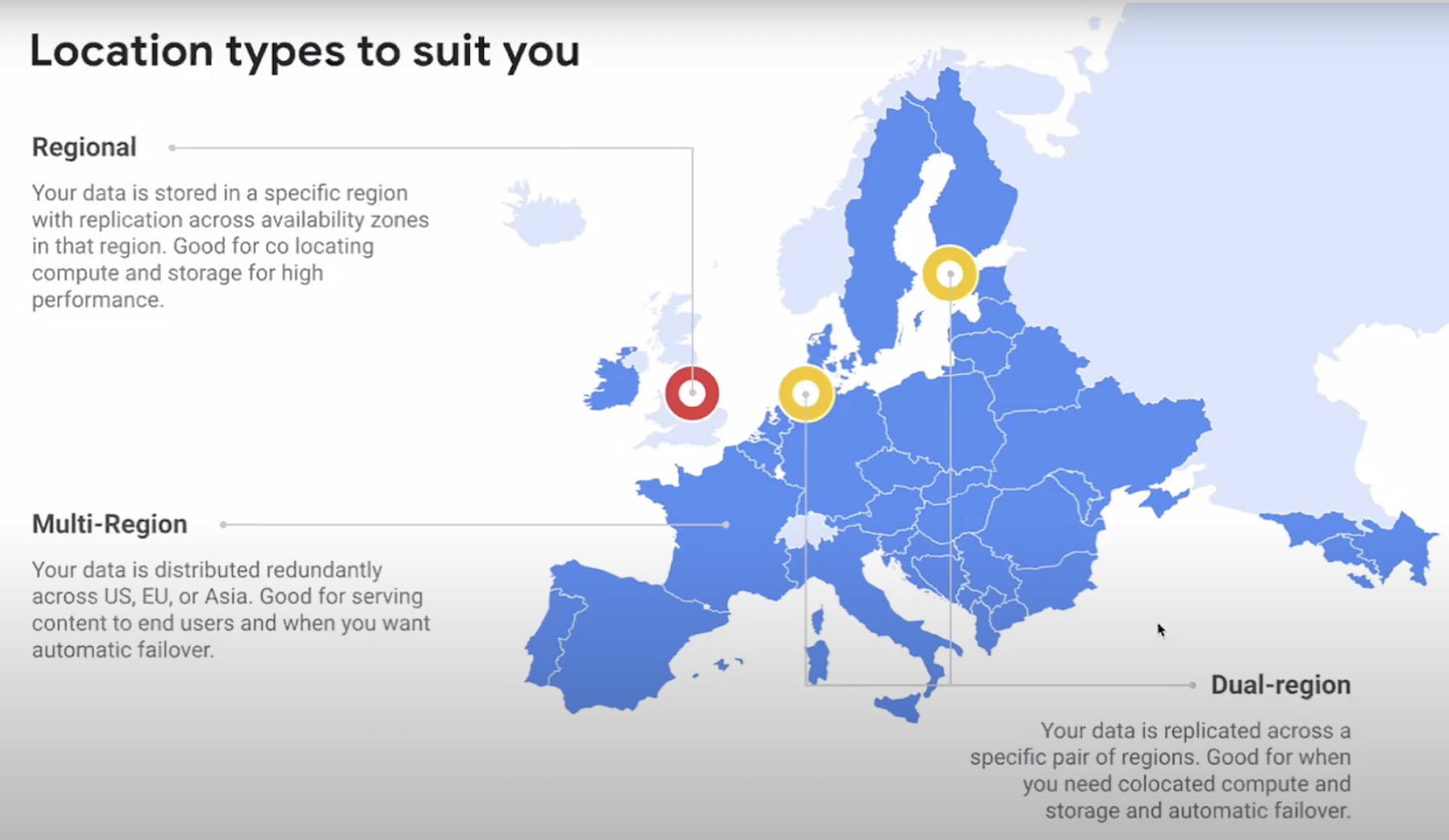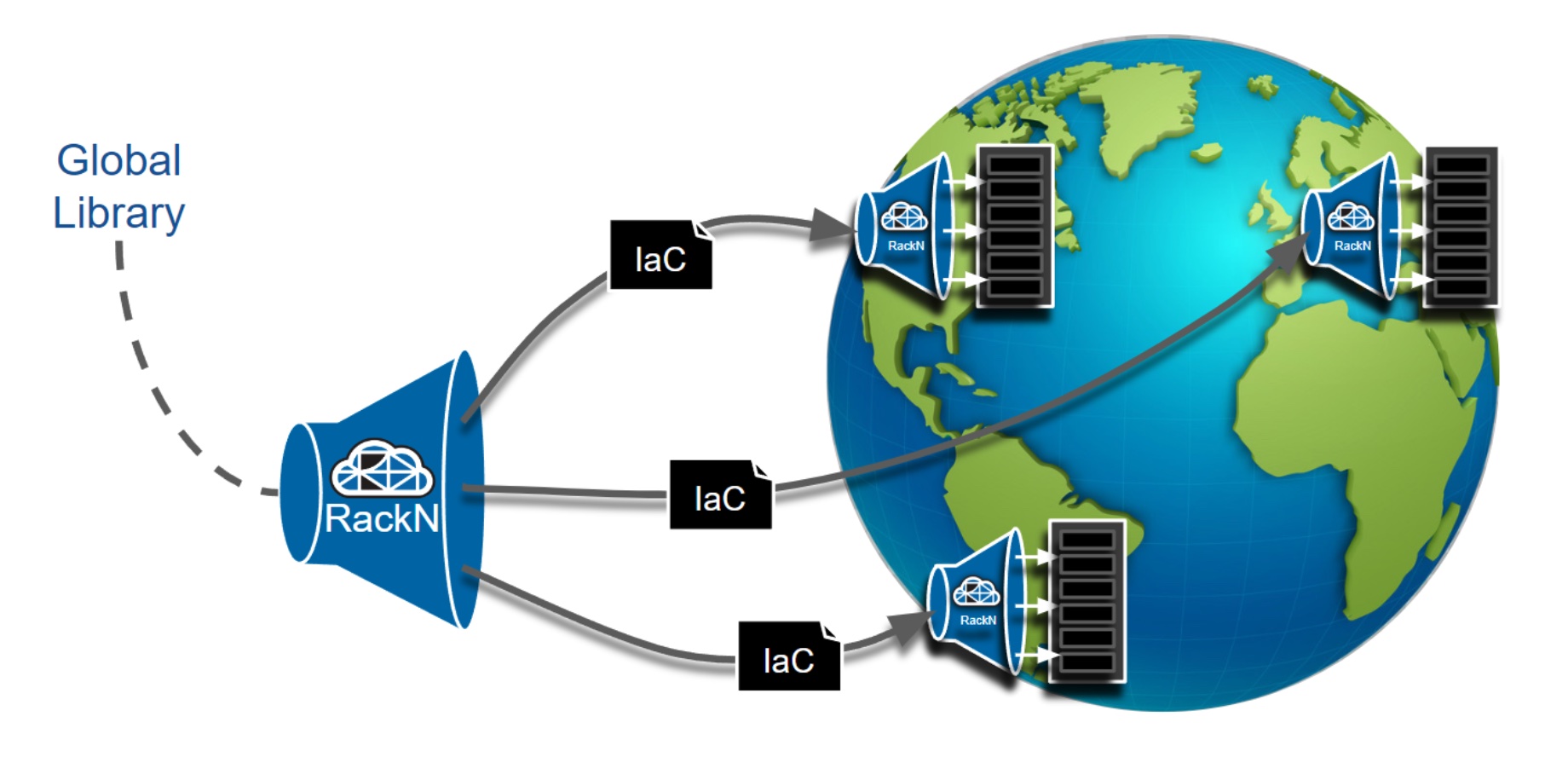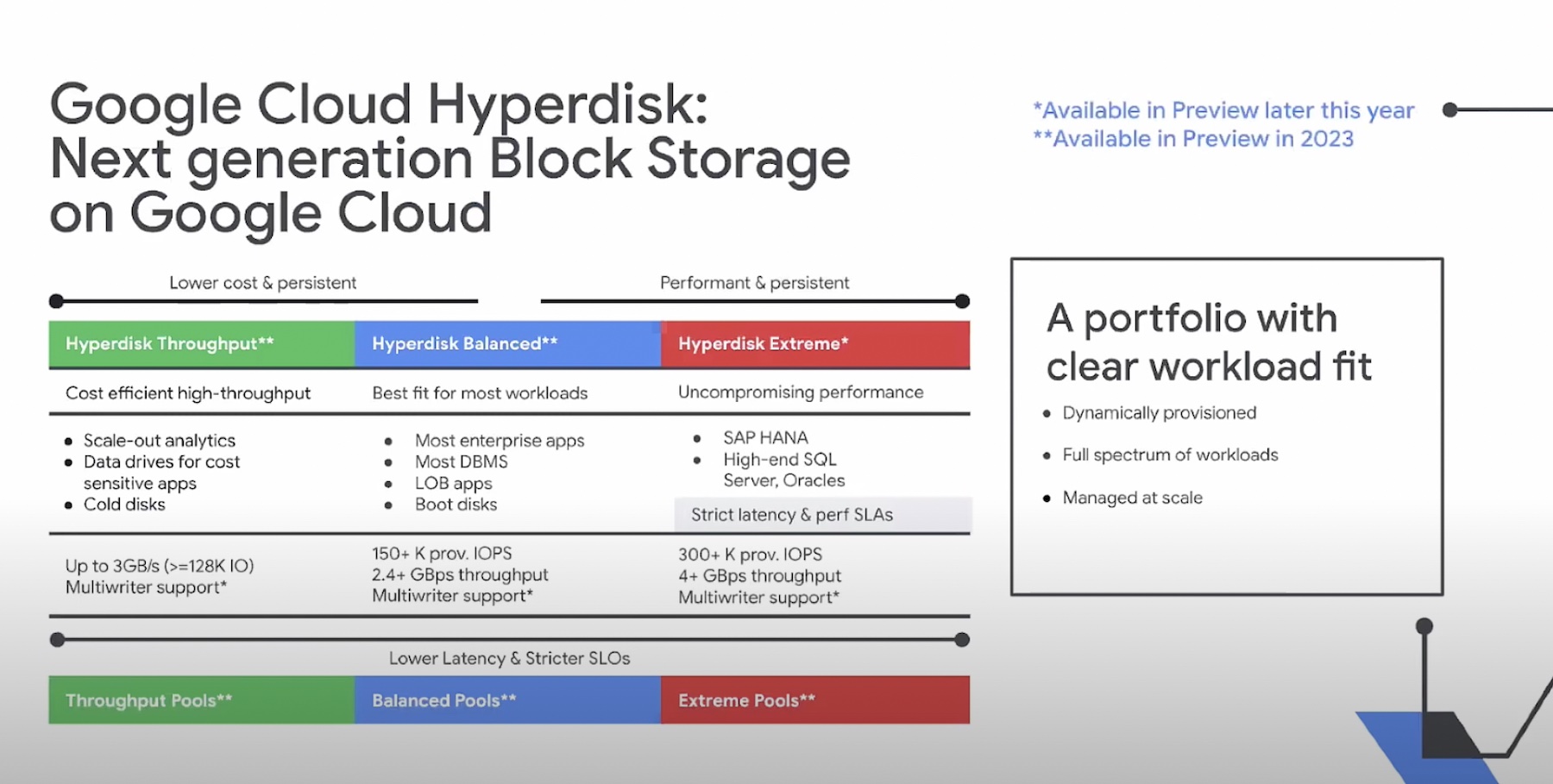I’ve been thinking about FAST and especially FAST v2 but not entirely from a storage point of view. FAST v2 and indeed any automated storage tiering product has some interesting uses beyond storage and could be a basis for a whole new way of managing IT as a service. In fact, it finally enables storage and beyond to managed as a service. BTW I’m going to use FAST as shorthand for any automated storage product; so please don’t take this as only being about EMC.
In order for FAST to work, it needs to gather and react to a lot of information from the array itself. In fact for FAST to be truly useful, it needs to gather, react and store alot of information about what is going on the array.
Take a typical corporate accounting application; most of the time it can be pretty quiet and non-performance intensive but at certain times of the year, it will be a very intensive workload. During these times, you might want it all to be on the fastest, most performant tier; now FAST will react to a sudden increase in workload and move the application when it sees the demand increase but will FAST be able to move this quickly enough? So perhaps, we need to give the array some hints as to when to prime the load?
These sort of peaks are very predictable and we know when they will happen but not all peaks are quite as predictable; or at least we don’t think they are. FAST will be gathering stats all the time and by analysing this data; it might be able to do the predictive analysis a lot quicker and spot things that we can’t or at least don’t have the time for. It may pick up on relationships between applications, application X runs hot at a certain time which causes application Y to become busy at some period later; for example, certain types of activity may cause a reporting job to be run at a later date.
You see from our storage infrastructure, we can start to gather a lot of information about our whole estate. But EMC could go further, they have things like nLayers and Smarts to leverage; they could start to pull information from VMware and do a whole lot of analysis on this. NetApp have SanScreen; HP have a zillion tools as do IBM.
Once you’ve got that information, you need to start turning that into something the business understands so that you can sit with the business and do what-if modelling, show conflicts and clashes where multiple services are demanding the same high-performance infrastructure at the same time. Perhaps the business owner needs to prioritise or purchase more infrastructure. Perhaps they need less, perhaps they can shift some stuff into the Public Cloud and just pull it back when they need too.
So FAST could be rather more than just a way optimising your storage infrastructure; if you data-mine this in the same way Google data-mine statistics, you can find out a lot of stuff which you didn’t realise and probably completely change the way you look at your infrastructure.
So when EMC talk about FAST being a foundational technology, they aren’t wrong…actually, like Virtual Provisioning, it is so important….it should be Free! Actually they could fund this by getting rid of half their account managers; FAST could literally sell itself.





Great article Martin
As you suggest on the surface FAST sounds like a great technology regardless of which vendor it comes from. However as you point out, exactly how intelligent and adaptive is it? Can it deal with the complexities and oddities of business systems without lots of human fed insight. EMC have obviously indicated that their FAST will work on a policy basis, i.e. the human fed insight, but some form of trend identification or analysis engine will be required to compliment those policies and make it a success. Ideally you would like to see this being fully automated but maybe the facts are that “Fully Automated” may not be entirely achievable and human interaction and analysis will always be needed. I'd very much like to be proved wrong on!!
Great article Martin
As you suggest on the surface FAST sounds like a great technology regardless of which vendor it comes from. However as you point out, exactly how intelligent and adaptive is it? Can it deal with the complexities and oddities of business systems without lots of human fed insight. EMC have obviously indicated that their FAST will work on a policy basis, i.e. the human fed insight, but some form of trend identification or analysis engine will be required to compliment those policies and make it a success. Ideally you would like to see this being fully automated but maybe the facts are that “Fully Automated” may not be entirely achievable and human interaction and analysis will always be needed. I'd very much like to be proved wrong on!!